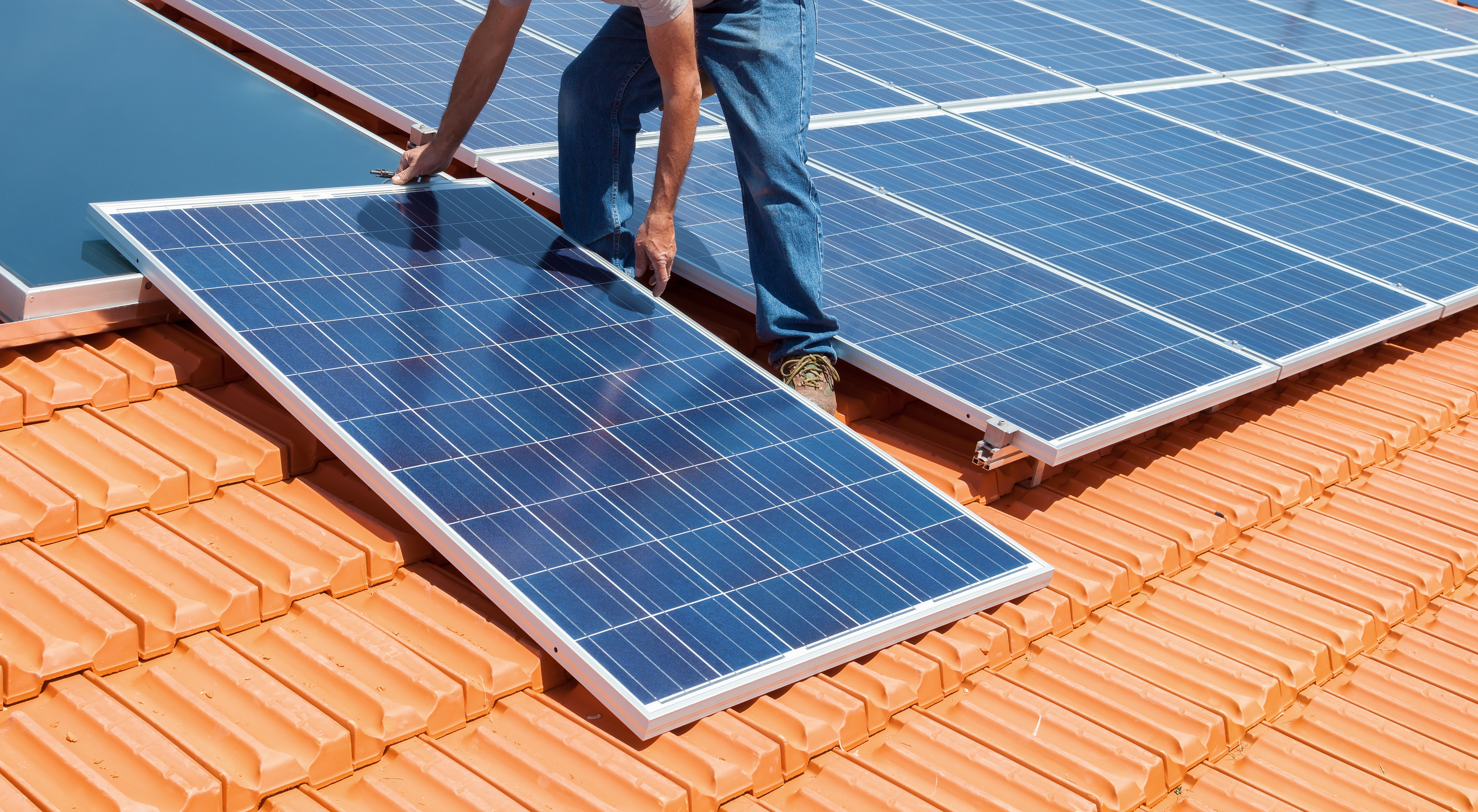A Look at Clean Energy and Solar Heating Tubes
When most people think of green or clean energy they picture rows of solar panels positioned on the roof, or a group of wind energy generators producing electricity from the wind. Although these are correct views of energy sources create clean energy, it leaves out one of the most efficient, and applicable of all alternative energy installations – solar heating tubes. This kind of of clean energy technology is used to provide hot water to homes and commercial buildings.
The scientific and technical knowledge supporting this kind of clean energy have already matured as to have commercial and industrial applications, as well as domestic ones. Millions of individual homes and residential buildings that depend on such systems for their hot water supply are able to significantly reduce their electric power costs. In fact, China is the leading user of solar heating tubes, and it has been reported that as much as 30 million homes (which covers homes or apartment units) derive from 60 to 70 percent of their hot water from solar heating tubes and not from traditional electric power sources.
Why only 60-70% and not their entire hot water requirement? This is the only glitch with clean energy that depends on the sun’s radiant energy, and it happens because of the patterns of nature. Keep in mind that, the sun goes up and down each day. As a result, solar heating tubes are only able to operate when sunlight is at its peak, which is usually from around 9 AM to 4-5 PM. However once the sun sets, it’s like the energy source of the hot water equipment has been turned-off. And yet, solar heating tubes still get around sixty percent efficiency because the large storage tanks it uses can stay hot for several hours after the sun has set. This is the reason why most renewable energy professionals place optimal energy savings at the sixty percent level.
So what does actually mean for the commercial or residential building owner or landlord? For the most part, it means that, they would still have to use some electric power from their utility company or fuel supplier, to maintain a steady supply of heated water. So what does it mean from a financial point of view? Let’s examine this topic more carefully.
You need to take into consideration that you will need to purchase the solar heating system and spend money for its installation. This can be substantial capital investment, and most property owners will use the equity in their building to put their equipment purchase on a type of payment plan, like a second mortgage or business loan to cover costs. But the solar power system is going to begin working as soon as it is set-up, which means that electric expenses are going to drop significantly immediately. This drop in electricity expenses generates money savings that can be applied to the repayment on the loan for installation. What makes this investment more beneficial to property owners is that, most solar power systems can be repaid in a period of two to five years;and after this period the financial savings will go straight into the owner’s wallet. And from then on, the building can be supplied with hot water at an incredibly lower cost.
Aside from the reduction in expenditures and shorter period to receive your return on investment for the equipment, there is also a wide array of tax benefits available through such an investment. These too can help the owner of the property to recover the purchase price of the solar equipment quickly.


